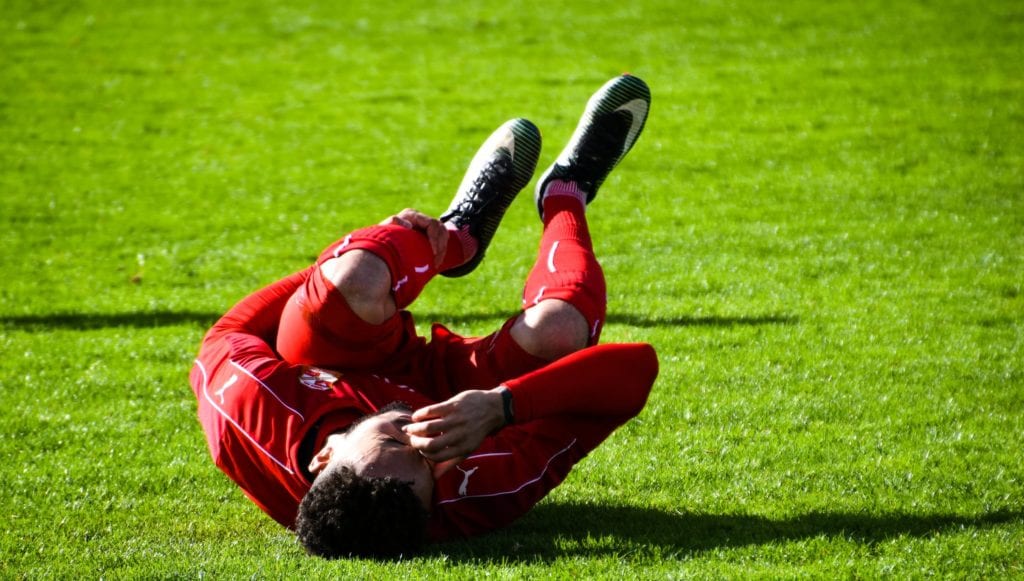
From meniscus repair to total knee replacements, knee surgeries are among the most common operations that Americans undergo each year.
If you have a knee surgery coming up and are worried about your recovery, keep in mind that there are lots of exercises you can do to speed up the healing process and get back on your feet as soon as possible.
Read on to learn about four of the best exercises you can do to ensure a fast knee surgery recovery.
Why Do Exercises Matter for Knee Surgery Recovery?
Rehabilitation exercises are an essential part of knee surgery recovery. They serve a number of purposes, including the following:
- They strengthen the muscles to support and protect your knee joint
- They help you restore normal range of motion
- They reduce swelling and pain
- They improve circulation, which helps minimize the risk of developing blood clots
Four Best Knee Surgery Recovery Exercises
Your doctor or physical therapist may prescribe specific exercises that will help you recover from the particular procedure you had, but the following are all good options to add to your routine as well.
1. Quad Squeezes
Strong quads (the large muscles on the front of the thighs) are essential if you want to have strong, healthy knees.
Right after having knee surgery, you probably are not going to be able to do traditional quad-strengthening exercises like squats or leg extensions. But, an isometric exercise like a quad squeeze is a great alternative that won’t strain your knee joint.
To do quad squeezes correctly, start by lying on your back or sitting up straight with your legs in front of you. Without moving your leg, squeeze the quadricep of the affected leg tightly (think of lifting your knee cap and pushing the back of the knee into the ground).
Hold the contraction for about five seconds, then release. Repeat for 10-15 repetitions and then switch sides (working both legs will help you avoid muscle imbalances).
2. Ankle Pumps
In addition to strengthening the upper leg muscles, it’s also important to pay attention to the lower muscles, including the calves and ankles.
When you strengthen these muscles, your balance and stability improve, both of which are essential for protecting the knee from future injuries. Ankle-strengthening exercises also improve blood circulation to minimize clotting.
To do ankle pumps, simply lie back or sit up straight with your legs extended. Prop the ankle of the affected leg up on a towel or blanket. Then, flex your foot, pulling the toes back toward your body as far as they’ll go.
Hold this position for about five seconds, then reverse it by squeezing the calf and pointing the toe. Hold for another five seconds, then repeat for 10-15 repetitions (flexing and pointing count as one repetition) before switching sides.
3. Heel Slides
You should also include an exercise to strengthen the hamstrings and glutes. If you have strong quads but weak hamstrings, you may be more prone to injuries, and weak glutes can lead to pain in the iliotibial band and outer knee.
Heel slides are a great exercise for targeting the glutes and hamstrings, as well as the quadriceps. To do these properly, lie flat on the floor with the knees bent and hips lifted (you should be in a bridge posture). Flex the foot of your affected leg, then slowly drag your heel along the floor to straighten it while keeping your hips lifted. Once it’s fully extended, press down into the floor to pull the leg back in.
Repeat for 10-15 repetitions before switching sides.
4. Non-Impact Cardio
Some non-impact cardiovascular exercise is also beneficial for speeding up the knee surgery recovery process.
Both the stationary bike and elliptical are excellent options that strengthen the quadriceps without putting pressure on the knee joint. They also help improve your range of motion and stabilize the knee joint.
Swimming is another good option for people who want to get in some cardiovascular exercise but don’t particularly enjoy spending time on a cardio machine. Swimming is easy on the joints and will get your heart rate up while also strengthening the muscles.
These exercises can be great for recovery, but wait until your doctor clears you before trying them out. If you take them on too soon, you could end up aggravating your injured knee instead of helping to heal it. when you injure your knee and want to go outside then knee walker for you injure safety. Check our latest knee walker on Mfcc4health.com.
